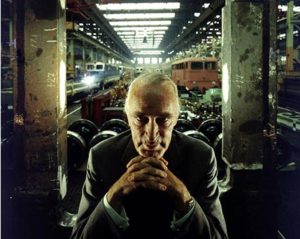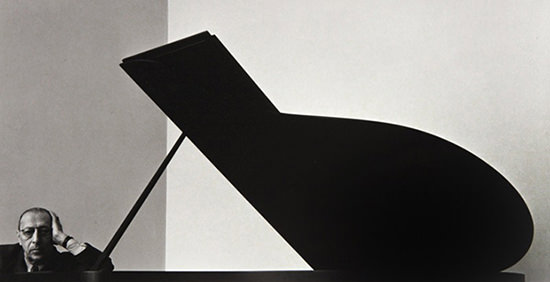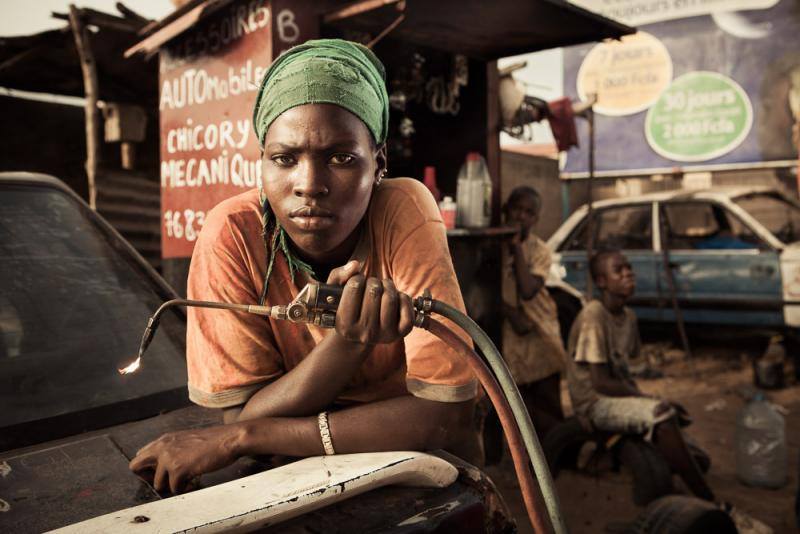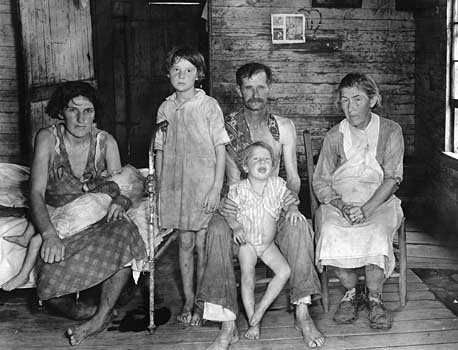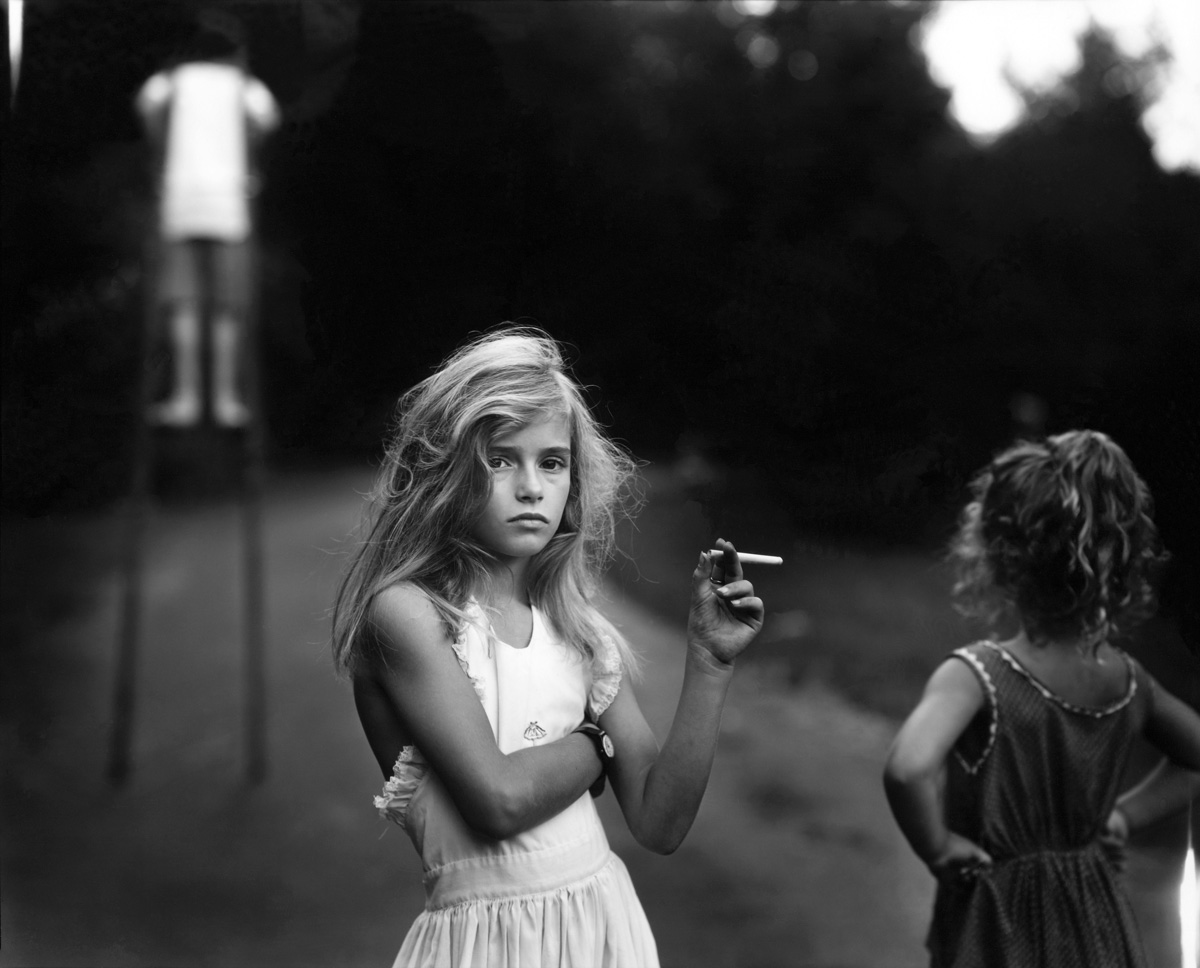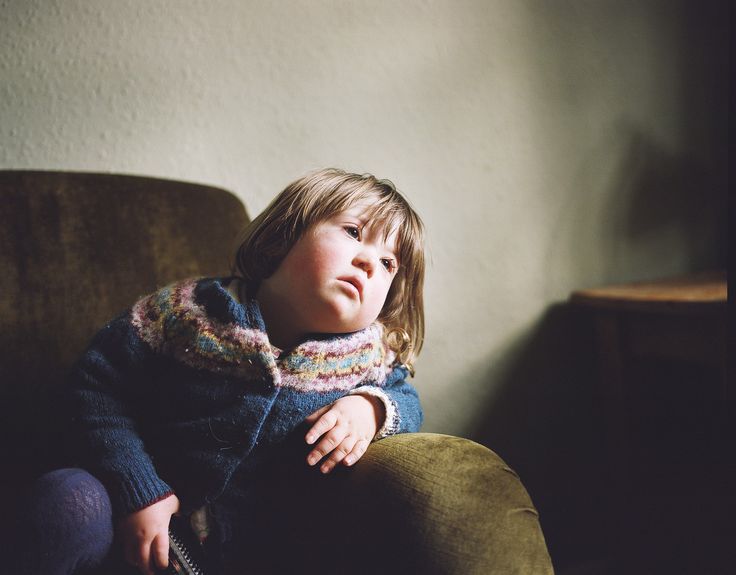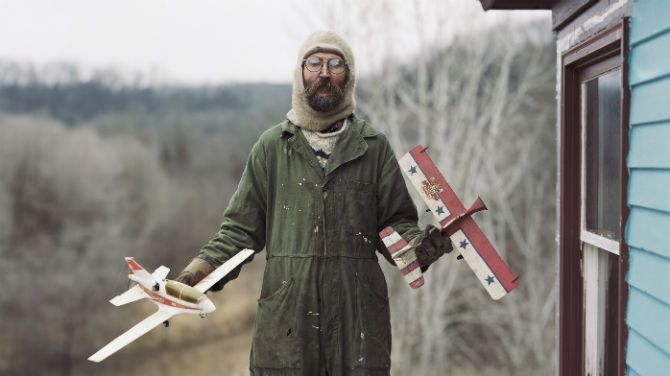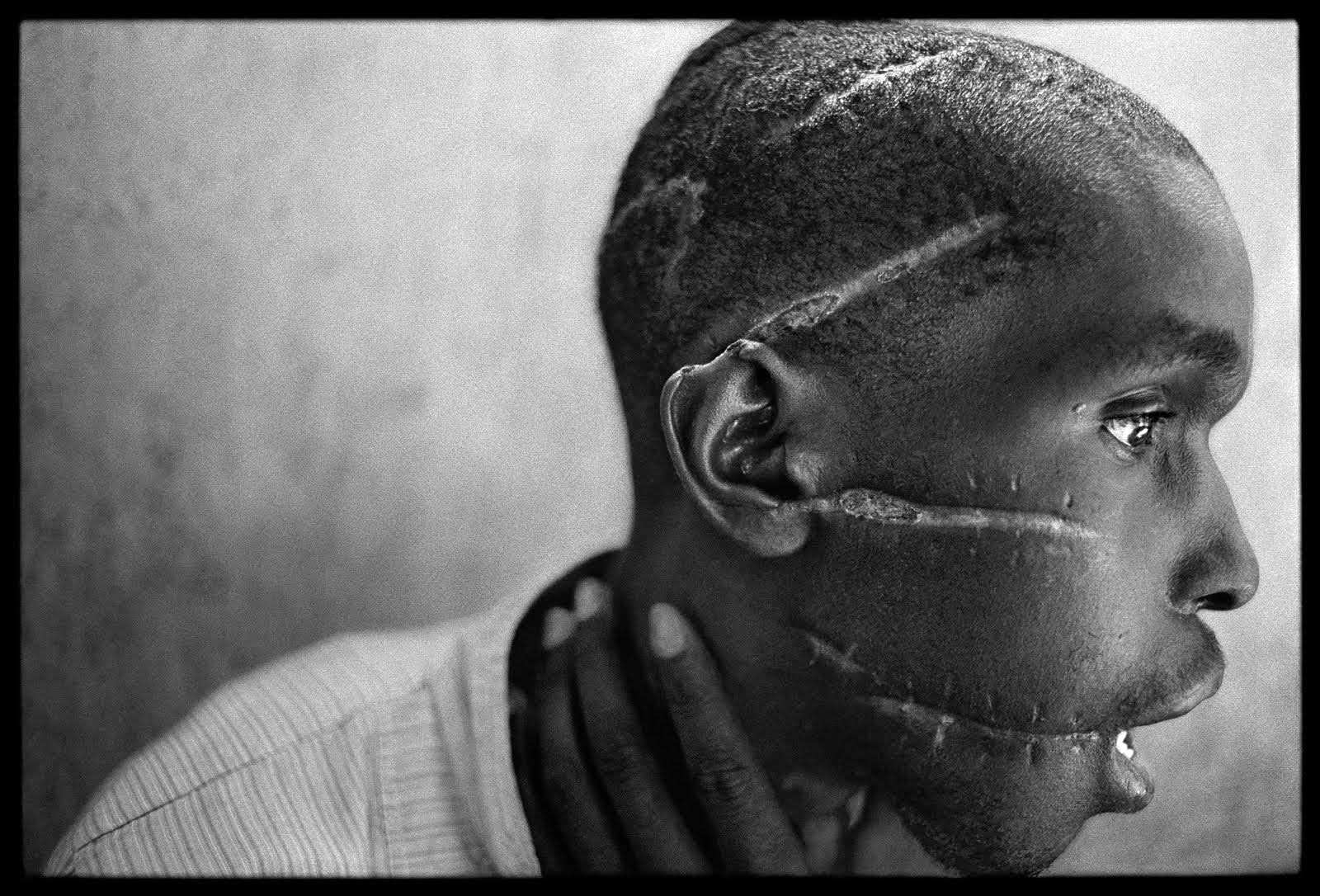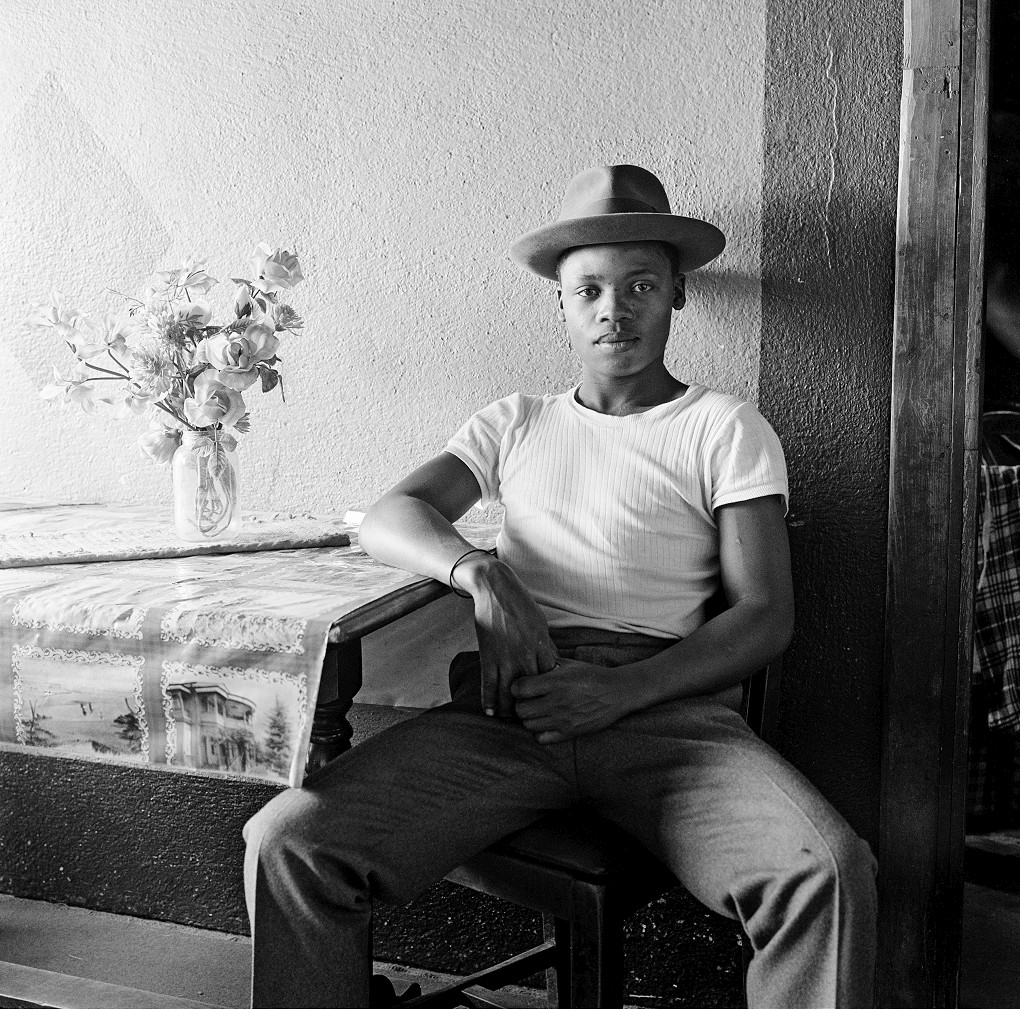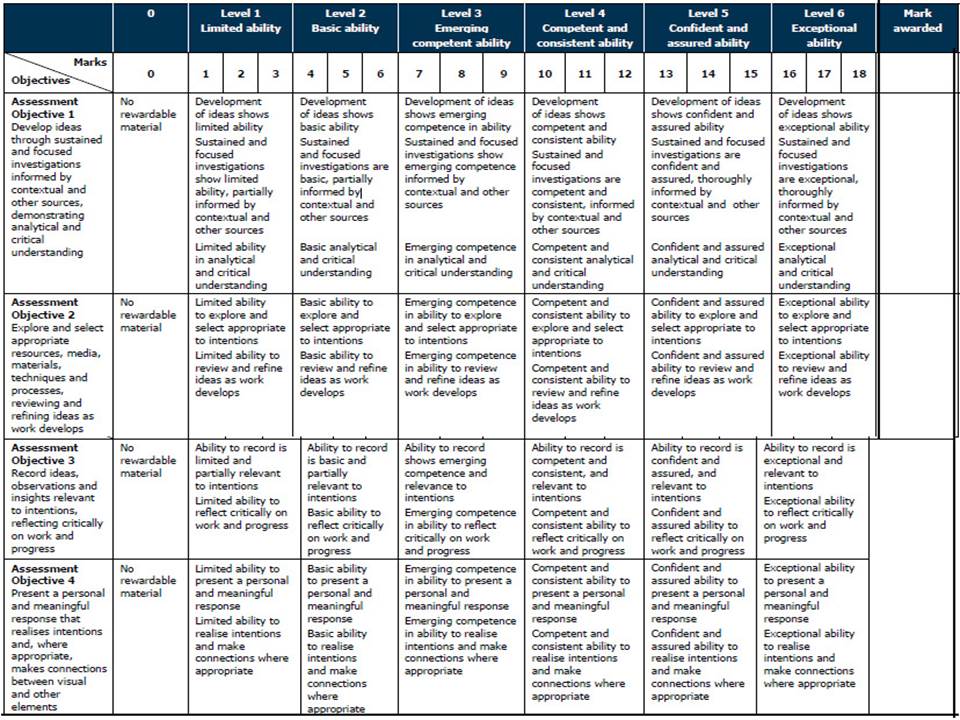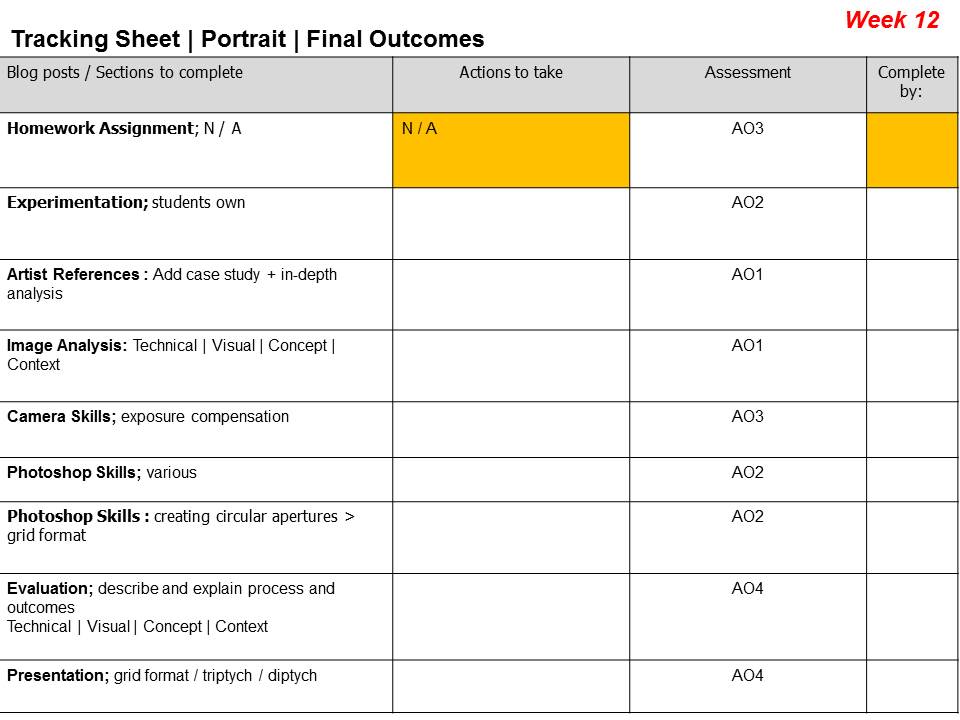Street photography is photography conducted for art or enquiry that features unmediated chance encounters and random incidents within public places.
Street Photography is a sub-genre of photojournalism…
Street photography does not necessitate the presence of a street or even the urban environment. The concept of the “flaneur” or people watcher is often referred to…as is the candid portrait.

Blog Post 1 : Define, describe and explain street photography.
And what is a candid photograph?
Include images, moodboards, hyperlinks to relevant articles and URLs and add a video or two on street photography…
Blog Post 2 :
Henri Cartier – Bresson and The Decisive Moment
Create a blog post / case study about Cartier-Bresson that includes…
- Brief biography
- Mood-board of key images
- Select one image and apply Technical | Visual | Contextual | Conceptual analysis
- His contribution to MAGNUM Photo Agency
- Add any other relevant research / insights
Homework Due in Monday 13th Nov
- Take 150-250 photos as a response to the STREET PHOtoGRAPHERS you have researched and analysed
- Choose a small group of images to edit / enhance
- Present as final outcomes, include evaluation and analysis
Then Compare and Contrast Cartier- Bresson to one (or more) of the following street photographers…
- William Klein
- Diane Arbus
- Vivian Maier
- Robert Frank
- Bruce Gilden
- Martin Parr
- Saul Leiter
- William Eggleston
- Gordon Parks
- John Bulmer
- Trent Parke
- Garry Winogrand
- Raghubir Singh
- Lee Friedlander
- Joel Meyerowitz
- Tony Ray-Jones
- Bill Owens
Discuss in detail the differences / similarities / intentions / outcomes and of course the photographer’s technical and visual approach.

Technique : Taking street photographs
- Be more aggressive
- Get more involved (talk to people)
- Stay with the subject matter (be patient)
- Take simpler pictures
- See if everything in background relates to subject matter
- Vary compositions and angles more
- Be more aware of composition
- Don’t take boring pictures!
- Get in closer (use 50mm lens or less)
- Watch camera shake (shoot 250 sec or above)
- Don’t shoot too much!!!
- Not all eye level
- No middle distance

Watch this clip about Bruce Gilden…
TOP TIP : ANNOTATE YOUR CONTACT SHEETS!
This technique helps you to identify key features in your contact sheets AND helps you make your selections for final outcomes. This is vital…producing the “killer image” or the decisive moment during an event / happening. William Klein was well know for his use of contact sheets as an essential, and visual, part of his process…


Extension Task
1. What Is Photojournalism?

Photojournalism really started to take shape when photographers could easily transport cameras into war zones. The “Golden Age of Photojournalism” is often considered to be roughly the 1930s through the 1950s. It was made possible by the development of the compact commercial 35mm Leica camera in 1925, and the first flash bulbs between 1927 and 1930, which allowed the journalist true flexibility in taking pictures.
For the first time, ordinary citizens could see the impact of the fighting right there in their newspaper. It was a pivotal moment in photography and it became more and more real between the Civil War and World War II.
Yet photojournalism is not just about war or photographers working the beat for a local newspaper. It’s much more than that. Photojournalism tells a story and it often does so in a single photograph. They evoke a feeling, whether its astonishment, empathy, sadness, or joy.
That is the mark of photojournalism; to capture that single moment in time and give viewers the sense that they’re part of it.

© Don McCULLIN (CONTACT PRESS IMAGES)
2. The Story in a Single Shot

Put simply, photojournalism is about capturing verbs. This doesn’t mean simply taking an action photo. Communicating the verb is much more than that.
Although it is great when it happens, photojournalism isn’t about the best composition, or the best technical details, or a pretty subject.
Photojournalism is about showing the world a story of something that really happened.
Photojournalism allows the world to see through the eyes of the photographer for just a moment. When photojournalism is done right, that one moment conveys volumes of time.
Conveying the full story is part of environmental portraiture where the setting tells us as much about the subject as the subject themselves.
The emotion is often raw in photojournalism. The photographer is not directing the scene as a portrait or commercial photographer would. Instead, the best of them blend into the background and become a shadow figure (unlike the paparazzi). They are there to observe and capture, not become the story or interrupt it.
The photojournalist has a different attitude than other photographers and it’s necessary to capturing those memorable photos. And quite often, that single photo can become a call to action for the millions of people who see it.
3.The Picture Story / Essay
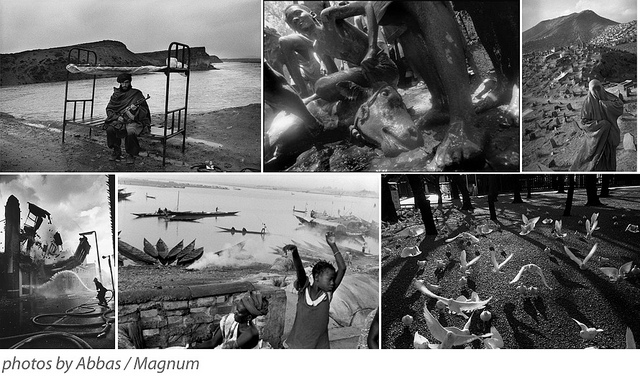
3. Representation, Standards and Ethics in Photojournalism

Starving Child 1993
Another vitally important part of photojournalism is accuracy. This means that what is in the frame is what happened.
Power lines should not be cloned out. More smoke must not be added to a fire scene. What was captured is how it should be. Sadly, the era of digital photography has made it easier than ever to manipulate reality.
The image should be a window into the event. At most, lighten the shadows a touch to see faces or sharpen the image a bit for clarity but do not change the essence of what you capture in the photo. If you do, you change the story.
4. What is meant by “The Camera As Witness”?


